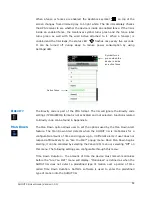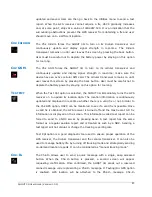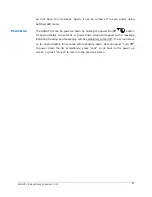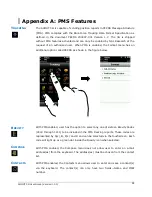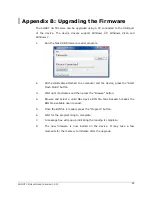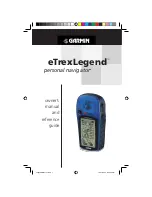
SHOUT 3G User Guide (Version 1.0.0)
50
Appendix C: Power Consumption
The SHOUT 3G has an internal 2.15 A-Hr Li-Ion rechargeable battery. When both
the Iridium/cellular and GPS antennas have clear view of the sky and the battery
is fully charged, the 3G is capable of sending more than 1,600 tracking reports
with the following settings: (1) report rate of less than two hours, and (2) mailbox
check rate and the report rate are the same. If the Iridium antenna is blocked or
an overhead Iridium satellite is not available (or cellular antenna is blocked by
metallic structures), the Iridium/cellular transceiver can potentially stay on for a
significant amount of time (depending on TTKT setting) attempting to send a
report. This can greatly reduce the expected number of reports transmitted on a
single battery charge. In a poor signal environment there is a tradeoff between
battery life and the chance that a report will be transmitted for a given report
cycle; the user may want to do some testing to determine the best TTKT for their
application.
The 3G saves valid ephemeris data after each 3-D fix. The data is used to reduce
acquisition time in the next reporting cycle from cold-start to hot-start. If the
ephemeris data is older than about two hours (that is, time between reports is set
for more than two hours), the GPS receiver will go through cold-start each time it
wakes up to send a report. As a result, the 3G configured for report rate of more
than ~two hours can be expected to transmit only ~800 tracking reports.
IMPORTANT: Data presented here are only estimates and are highly dependent
on the operating environment and Iridium antenna installed. Data are based on
multiple measurements made with Shout-3G devices configured with the supplied
Iridium antenna, placed on the roof of NAL Research’s facility with little to no
blockage/shading.

